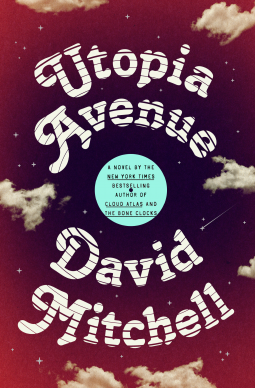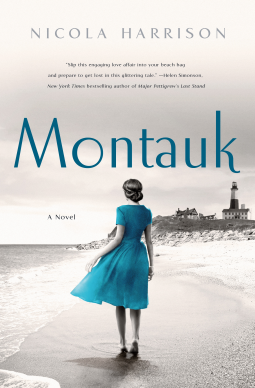In some Asian households, the phrase “Have you eaten yet?” is how you tell someone you love them. Seattle Asian American Film Festival’s 2024 collection of eight shorts about food reminds us how these expressions of identity, culture and love can connect generations, preserve history and conjure loved ones beyond distance and death. These stories showcase the transformative power of food:
- Serving a spicy Korean tofu soup is the potion that bonds a Korean American mother and daughter who don’t always understand each other as seen in Gbenga Komolafe’s heartwarming 14-minute short “100% USDA Certified Organic Homemade Tofu” (2022).
- Tea and an Indian dish resurrects memories of a dead relative a girl (Raya Dasgupta) discovers in Amit Kaur’s mystical 10-minute narrative short “Cuppa Chai“ (2023).
- The familiar ritual of filling plastic shopping bins with meats and produce from a Chinatown grocery store binds together the Mandarin-speaking voices interviewed for Chyan Lo’s 4-minute documentary, “Women in Markets” (2023).
- Justin Hiromi Pascua’s 13-minute documentary “Homestead” about a cucumber farm in Hawaii offers a grandmother from Lao an opportunity to connect with her grandson.
- The 12-minute documentary “my mom (mẹ con)” connects three generations of women: Growing food in Jacksonville, Fla., reminds documentary filmmaker Melanie Dang Ho’s mother of eating sugar cane and other early memories with her mom in Vietnam.
- Theodore Caleb Haas’ 10-minute documentary “Matsutake” remembers the lively 98-year-old Homer Yasui, who led generations of his Japanese American family on many well-documented mushroom hunts through old-growth forests in the Pacific Northwest.
- Tadashi Nakamura and Akira Boch’s 15-minute short “Benkyodo: The Last Manju Shop in J-Town” (2023) documents the closure of one of San Francisco’s oldest and most beloved Japanese family businesses after three generations and 115 years.
- Kyle Finnegan’s 13-minute documentary “MSG: Mysterious Savory Grains” (2023) depicts how D.C. Chinese restaurant Lucky Danger reclaimed the salty and umami flavor in monosodium glutamate.
The Seattle Asian American Film Festival runs virtually until March 3.








